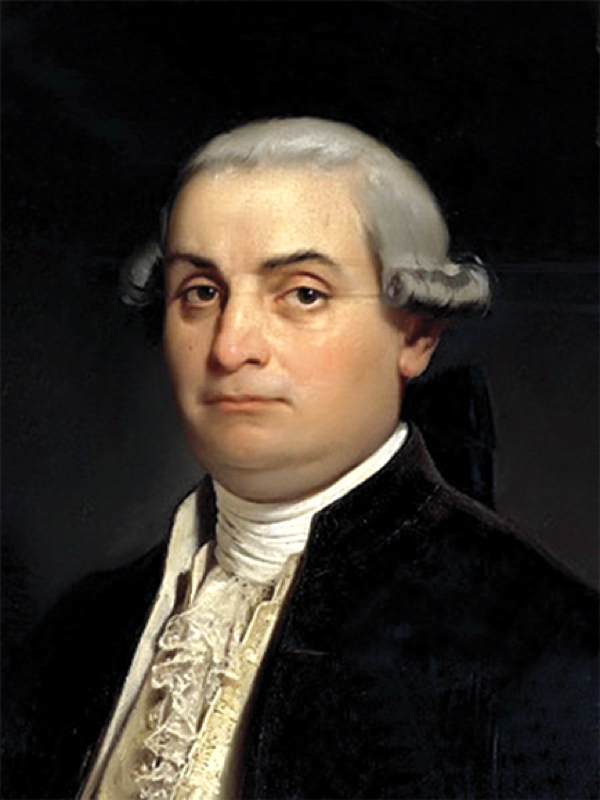|
Mobility Triangles
In criminology, Mobility triangles are the triangular areas formed by the locations of the victim's home, the offender's home and the crime. They are used to describe spatial patterns of crimes, and to facilitate the classification of crimes based on location. Implicit in the concept is the assumption that the homes of the victim and the offender form ''anchor points'' that govern the crime location. Mobility triangles are related to the criminological frameworks of routine activity theory and environmental criminology Environmental criminology focuses on criminal patterns within particular built environments and analyzes the impacts of these external variables on people's cognitive behavior. It forms a part of criminology's Positivist School in that it applies .... History Mobility triangles were first described by Burgess in 1925 to describe incidents in which the offender's home and crime location were in different neighborhoods. Analysis Following Burgess, mobility triangles ... [...More Info...] [...Related Items...] OR: [Wikipedia] [Google] [Baidu] |
Criminology
Criminology (from Latin , "accusation", and Ancient Greek , ''-logia'', from λόγος ''logos'' meaning: "word, reason") is the study of crime and Deviance (sociology), deviant behaviour. Criminology is an interdisciplinary field in both the Behavioral sciences, behavioural and social sciences, which draws primarily upon the research of sociology, sociologists, Political science, political scientists, Economics, economists, psychologists, philosophy, philosophers, psychiatry, psychiatrists, social work, social workers, biologists, social anthropology, social anthropologists, as well as scholars of law. Criminologists are the people working and researching the study of crime and society's response to crime. Some criminologists examine behavioral patterns of possible criminals. Generally, criminologists conduct research and investigations, developing theories and analyzing empirical patterns. The interests of criminologists include the study of nature of crime and criminals, ... [...More Info...] [...Related Items...] OR: [Wikipedia] [Google] [Baidu] |
Routine Activity Theory
Routine activity theory is a sub-field of crime opportunity theory that focuses on situations of crimes. It was first proposed by Marcus Felson and Lawrence E. Cohen in their explanation of crime rate changes in the United States between 1947 and 1974. The theory has been extensively applied and has become one of the most cited theories in criminology. Unlike criminological theories of criminality, routine activity theory studies crime as an event, closely relates crime to its environment and emphasizes its ecological process, thereby diverting academic attention away from mere offenders. After World War II, the economy of Western countries started to boom and the Welfare states were expanding. Despite this, crime rose significantly during this time. According to Felson and Cohen, the reason for the increase is that the prosperity of contemporary society offers more opportunities for crime to occur. For example, the use of automobiles, on one hand, enables offenders to move mor ... [...More Info...] [...Related Items...] OR: [Wikipedia] [Google] [Baidu] |
Environmental Criminology
Environmental criminology focuses on criminal patterns within particular built environments and analyzes the impacts of these external variables on people's cognitive behavior. It forms a part of criminology's Positivist School in that it applies the scientific method to examine the society that causes crime. Theory Environmental criminology is the study of crime, criminality, and victimization as they relate, first, to particular places, and secondly, to the way that individuals and organizations shape their activities spatially, and in so doing are in turn influenced by place-based or spatial factors. In 1971, C. Ray Jeffery published "Crime Prevention Through Environmental Design", in which he examined the role that immediate environments play in crime and suggested a range of strategies for reducing crime by modifying immediate environments. He also coined the term "environmental criminology". Within fifteen years of the publication of Jeffery’s book, most of the semina ... [...More Info...] [...Related Items...] OR: [Wikipedia] [Google] [Baidu] |
Criminology
Criminology (from Latin , "accusation", and Ancient Greek , ''-logia'', from λόγος ''logos'' meaning: "word, reason") is the study of crime and Deviance (sociology), deviant behaviour. Criminology is an interdisciplinary field in both the Behavioral sciences, behavioural and social sciences, which draws primarily upon the research of sociology, sociologists, Political science, political scientists, Economics, economists, psychologists, philosophy, philosophers, psychiatry, psychiatrists, social work, social workers, biologists, social anthropology, social anthropologists, as well as scholars of law. Criminologists are the people working and researching the study of crime and society's response to crime. Some criminologists examine behavioral patterns of possible criminals. Generally, criminologists conduct research and investigations, developing theories and analyzing empirical patterns. The interests of criminologists include the study of nature of crime and criminals, ... [...More Info...] [...Related Items...] OR: [Wikipedia] [Google] [Baidu] |


